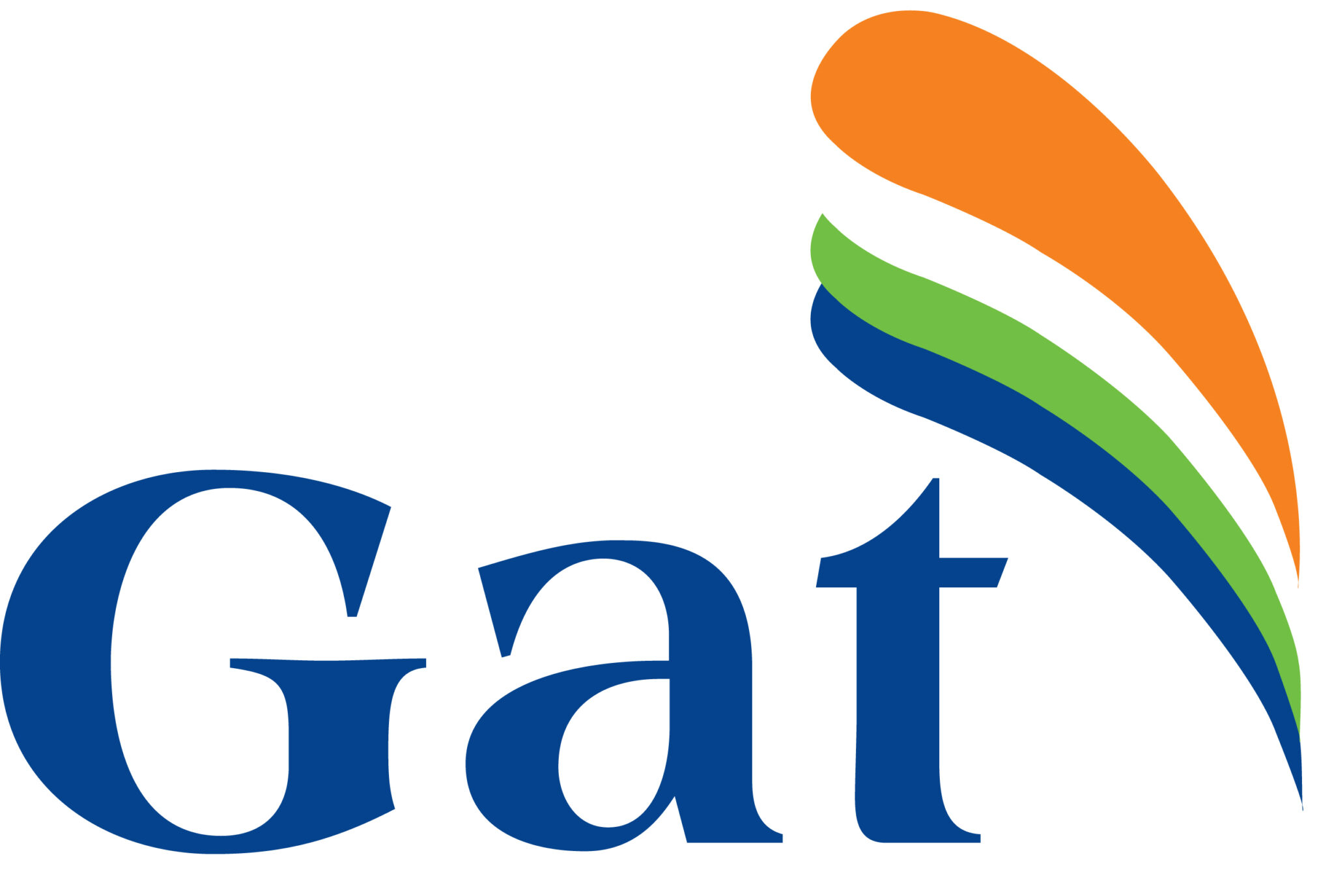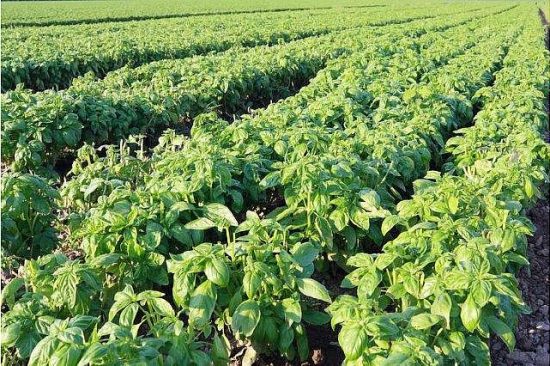A fertilisation advice from the experts at the Gat Fertilisers agronomist team
By Adi Nave, Gat Fertilisers Agronomist
The herb sector caters to diverse types, growing methods and markets, of which there are two groups, fresh and dried. Fresh herbs are considered one of Israel’s most important agricultural export sectors to which some 1,000 ha out of a total of 3,000 ha are devoted. Much effort is therefore devoted to research, cultivation and marketing. The major crops are parsley, coriander, dill, mint, basil, chives and rocket.
Herbs are grown both in fields and greenhouses. Half the greenhouse crops are grown hydroponically (in soilless). Export quality crops must have good leaf and stalk colour and form, and a good shelf life. Quality can be diminished by over-irrigation, lack of aeration, surplus/ lack of nitrogen and/ or phosphorous and lack of microelements causing chlorosis, affecting crop quality and quantity. Precise irrigation and fertilisation are vital for abundant, high quality fresh produce.
Common principles for a diverse herb nutrition interface
- Soil: for soil based crops should be tested for nitrogen, phosphorous and potassium, as well as EC salinity, chloride and sodium, to a depth of 30 cm before the growing season.
- Phosphorous: Recommended Olsen P levels – 25 ppm for seasonal crops and 40 ppm for perennial crops. If deficient, Gat Mono Ammonium Phosphate (12-51-0) is recommended for spreading on beds or furrows in bed centre.
- Potassium: leaching solution potassium levels should exceed ∆F=3200 or according to the CaCl2 leaching method should exceed 90 mg kg soil. If potassium is deficient, potassium chloride (0-0-61) should be spread on beds or furrows in bed centre as follows:
- Established herb plots that have received base dressing (pre planting fertilisation) for reaching required phosphorus and potassium levels, fertiliser N:K ratio should equal 1:1. Surplus potassium is potentially harmful.
- At establishment stage when grown in soil, Elite/ Tov liquid fertiliser is recommended depending on crop requirements and deficiencies at 1000 gr/ ha/ day Nitrogen.
- From sprouting to full coverage and harvesting, the same fertiliser solution according to requirements is recommended, possibly using nitrogen only – ammonium nitrate/ uran.
- Adding Ferrogat (liquid iron chelate) and or Orchard Micro-Gat (enhanced concentration of manganese and zinc) or Micro-Gat (iron, manganese, zinc chelate) is recommended if necessary.
- In light (sandy) soils, low Cl complex fertilisers such as Elite/ Tov, Nirit/ Golan/ Adom.
- For hydroponically grown herbs, complex Cl and urea free fertilisers such as Shaphir/ Or/ Shaphir Sulphate with added Micro-Gat, summer – 3%, winter 6%. N:P2O5:K2O ratios and fertiliser composition and quantity to be determined by bed type, desired PH values and water quality.
- On desalinated water irrigated plots, light soils or hydroponic beds, calcium and magnesium deficiencies should be supplemented with a Yamit Fertiliser solution and Shaphir Fertiliser fergitation for nitrogen, phosphorus, potassium and microelements, or else OR Fertiliser complex containing both calcium and magnesium.
- Herbs planted in light soils and hydroponic beds, fergitation monitoring systems such as Internet based tensiometers and Soil water Extractors.
This fertilisation advice is recommendations only.
Please address all questions to the Gat Fertilizers agronomist team.
Original article: IsraelAgri – Israeli Agriculture International Portal.




